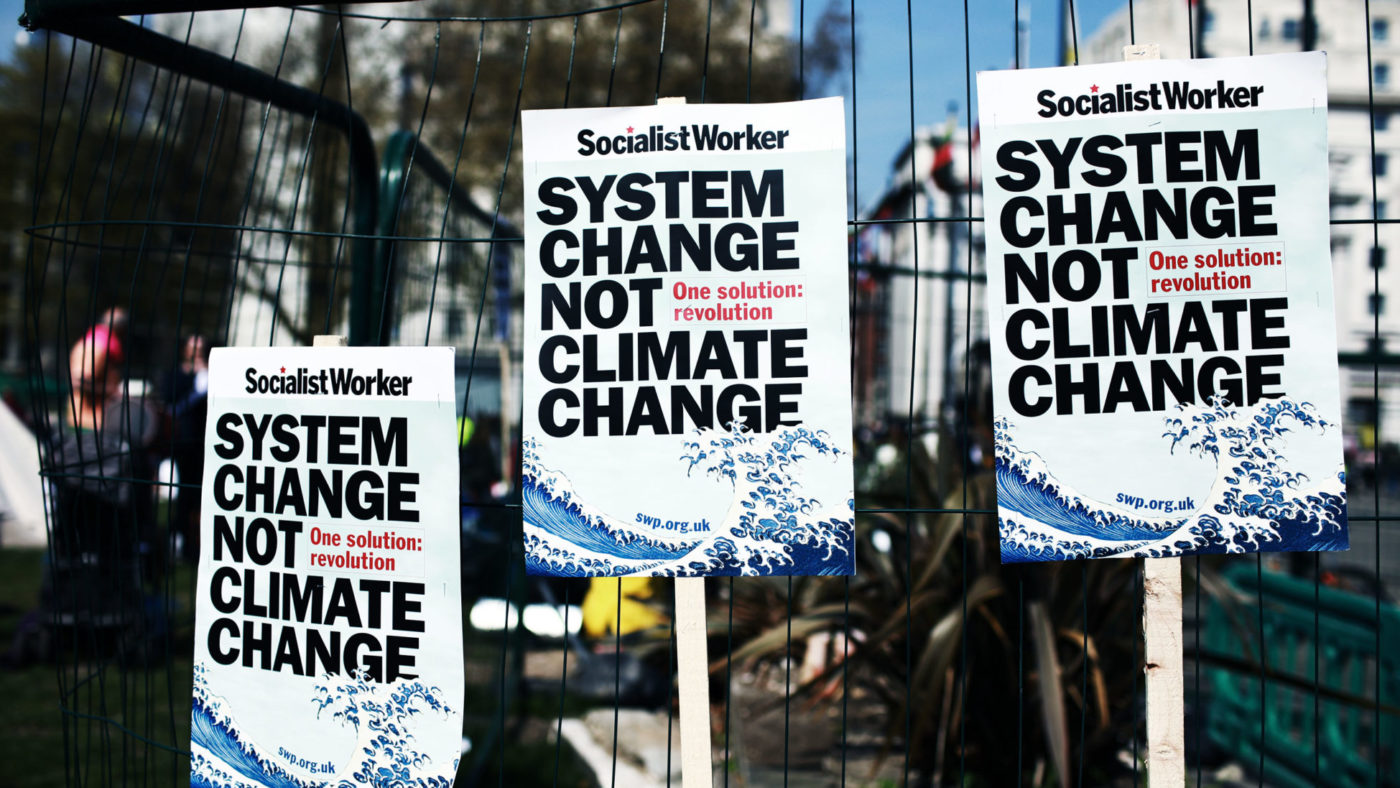As I attempted to write my final paper, I was struck by the sheer difficulty; never once in my time at UW had I created five full drafts just to scrap them all. It felt like there was no way I could analyze all the aspects, conversations, and reflections I wished to in one comprehensive paper. The sheer complexity of the takeaways this class has provided me with made synthesizing them into essay feel impossible. In fact, the sheer frustration I felt in trying led me to abandon the essay in favor of completing the blog post multiple times, only for me to hit the same wall that I had hit in attempting to write my essay.
After pacing around my living room and two sleepless nights, I’m still unsure whether my essay does justice to the takeaways I gained from this class. But I am sure that it does justice in expressing how impactful my action project was to me.
My group’s action project was the culmination of our work with the ICA, a group at the UW dedicated to creating institutional climate change. In the beginning, the minimal guidance and emphasis on creativity by our NGO representative, Peter, left me grappling with how I wanted to participate in creating institutional climate change or how I could even contribute to it.
At the time, I was struggling much in the same way as I was this week to find a way to synthesize what we were learning in class into something meaningful I could contribute. Ultimately it was through our group’s interactions with and research into the Board of Regents that it became obvious to us how pervasive systems such as capitalism were in the determination of the Board’s decisions. Through discussion in class concerning how capitalism was based on colonialism, we knew that by not addressing climate justice as part of the ICA attempts to change UW’s impact on the climate crisis, we were failing to create comprehensive change. Thus “Decolonizing Climate Change” was born.
“Decolonizing Climate Change” was as much an effort to highlight the need for understanding the climate crisis as an issue of climate change as it was in implementing the principles of political ecology. Something that, despite being within our course title, has received little attention but provides an important perspective in understanding justice in conversation with the environment.





 Despite the tree’s the pillars of a forest dying within the forest, the new regrowth is healthy and able to use the nutrients to grow a new forest
Despite the tree’s the pillars of a forest dying within the forest, the new regrowth is healthy and able to use the nutrients to grow a new forest